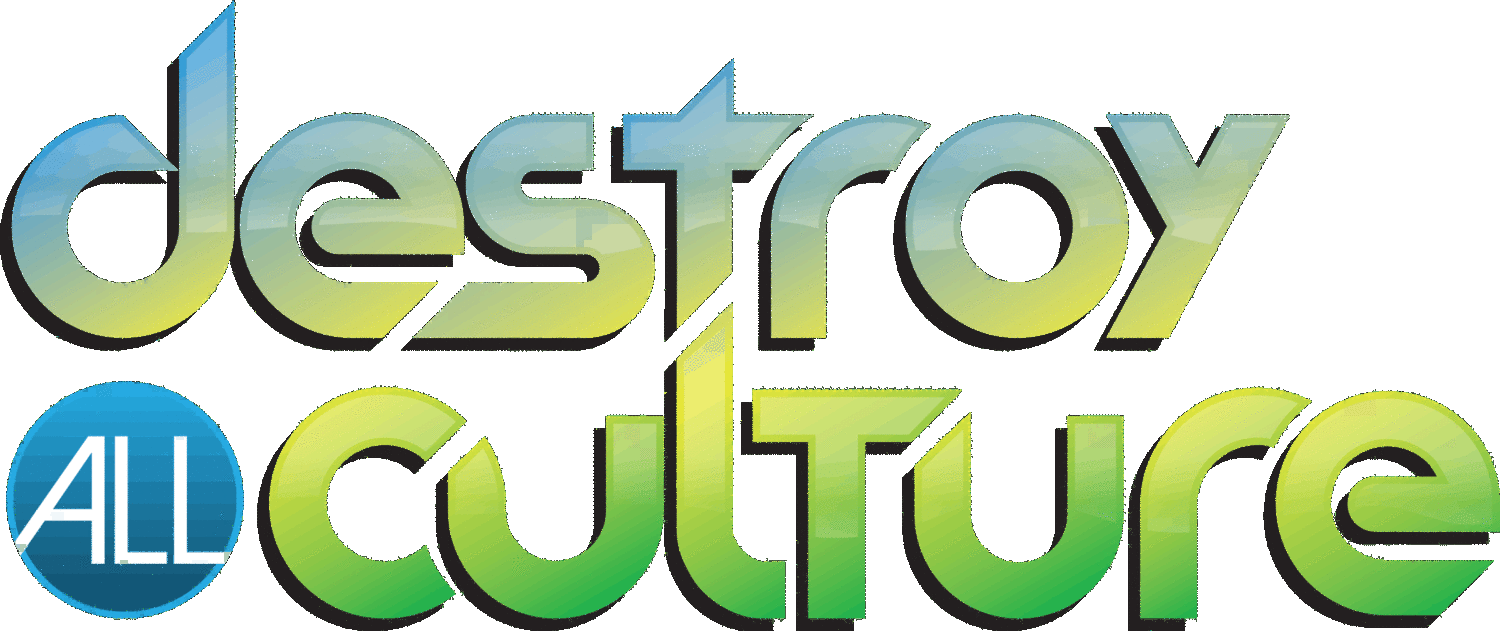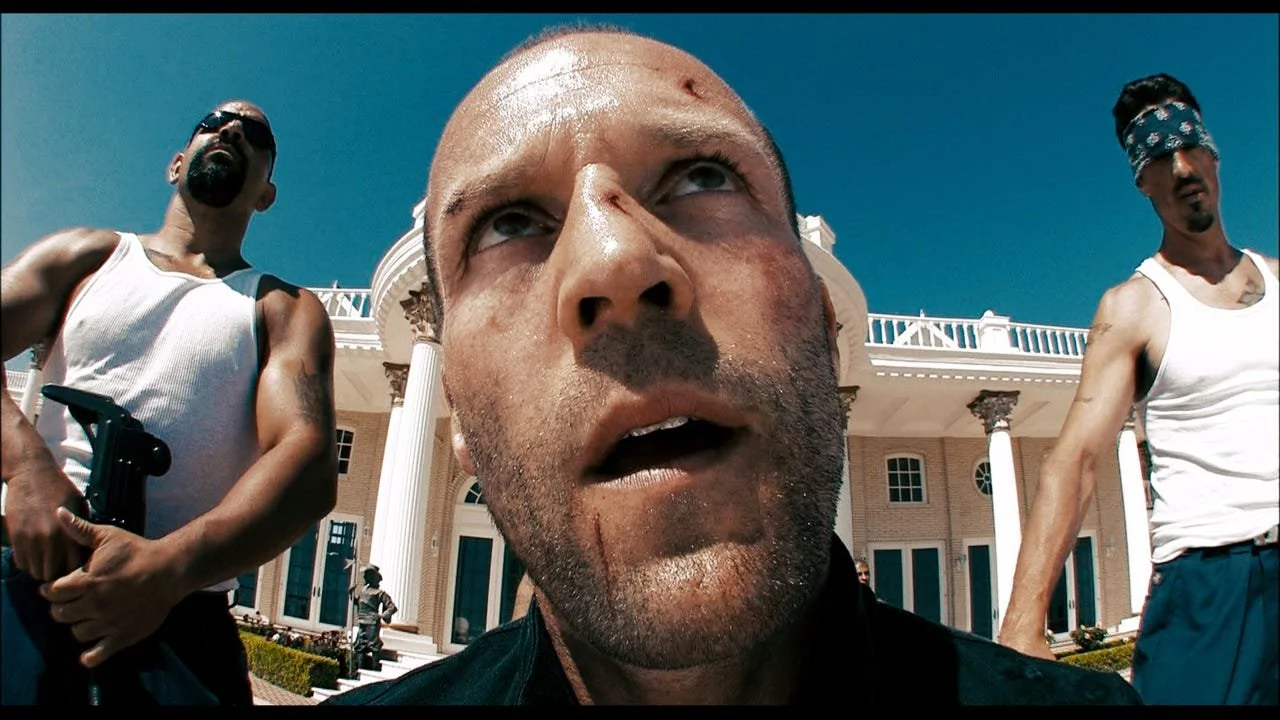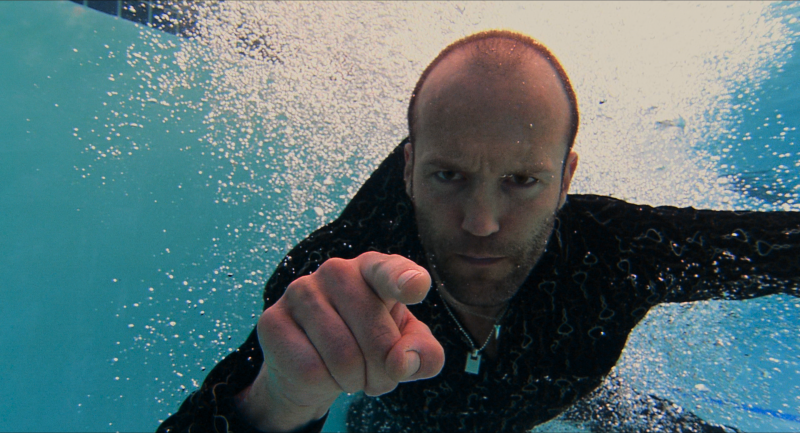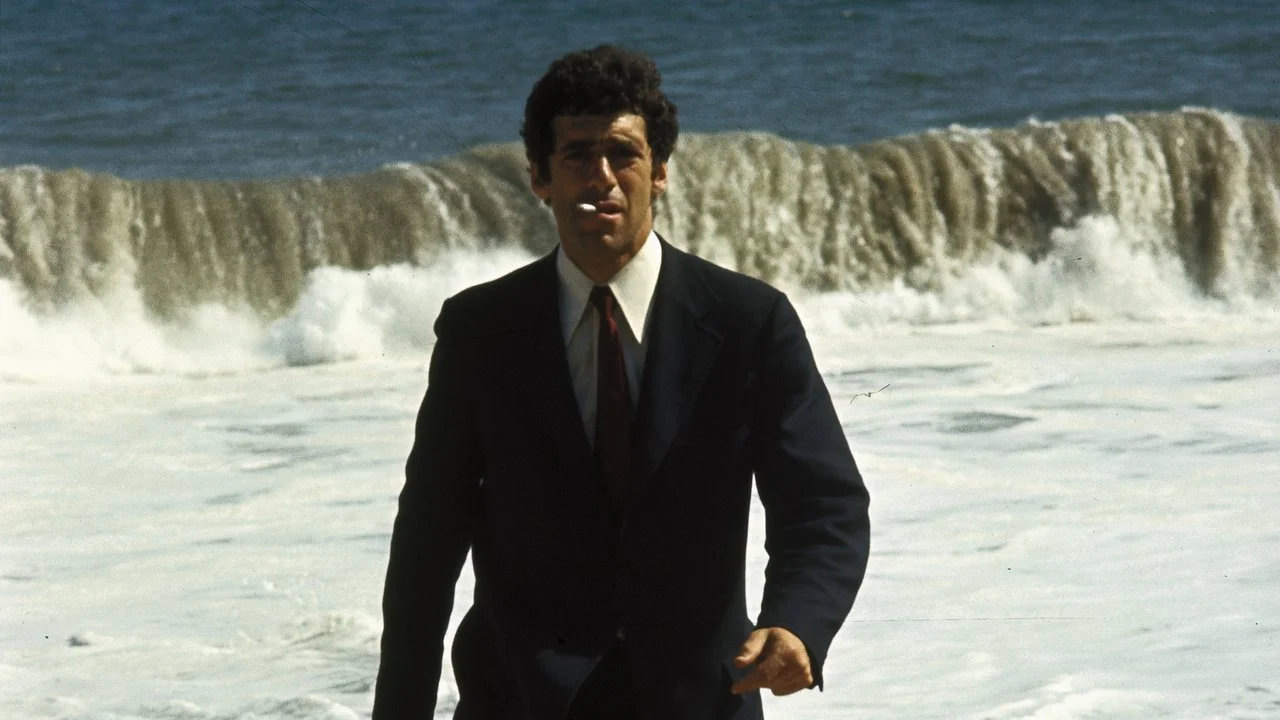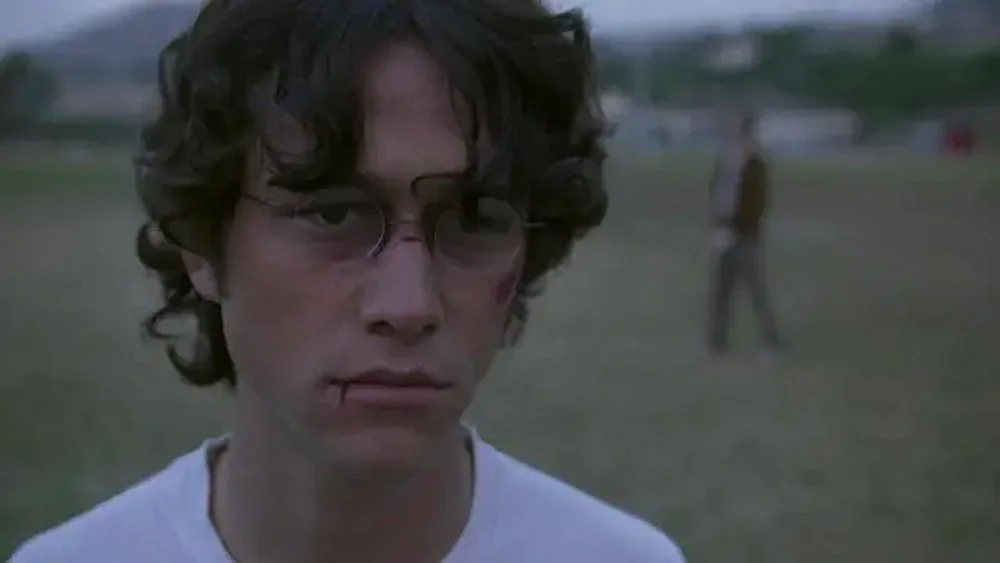Zack Snyder's Justice Lube Part 6: What's in the case
/In my last entry I wrote about the torrid love triangle between Wonder Woman, a group of terrorists and a handsome briefcase (someone call Chuck Tingle). Since then I’ve chewed over the presence and uses of that briefcase a bit more in the context of the film and Zack Snyder’s whole Weltanschauung.
The case is brought into the frame by a self-described “group of reactionary terrorists who want to turn back the clock”. As the leader says “Down with the modern world - back to the dark ages”. The case flips open to reveal wires, explosive and a timer. Why a timer? There is absolutely no reason for this bomb to be on a timer. Press the button, the bomb goes boom. The only conceivable reason for the timer is to give the scene the dramatic tension of a ticking clock while Wonder Woman is briefly distracted with the task of hurling bodies into walls with titanic, organ-pulping force.
Make no mistake: force, and the right to force, is what’s at issue in this scene. On one level the briefcase is a MacGuffin, an interchangeable object that compels characters to converge. It has the magnetism of pulp action. But it contains an obliterating, annihilating power that (according to the terrorists) can reshape the world. Wonder Woman’s role is to regulate and enforce that right to power. Are a small band of humans authorized to wield such power? No, says Wonder Woman, and kills them with the barest effort. She spends more time communing with the force contained in the briefcase than the people she is ostensibly there to save.
After the briefcase is dealt with, she drops back down into the building and saves the schoolchildren from execution by stopping a hail of bullets. The remaining terrorist, awestruck, whispers “I don’t believe it”. “Believe it,” Wonder Woman says, and utterly annihilates him with her own force, blasting out the wall and showering the police in the street with glass and masonry and bits of terrorist. Her force is legitimate. It asserts itself by destroying the bodies of humans who would aspire to ape her power. A hat floats down to the street. A police chief gazes at the destruction, stricken. A young girl gazes up in Wonder Woman in worshipful adoration. She smiles beatifically at the girl and reassures her that she too can one day murder a room full of villains.
The scene has no direct connection to the main storyline, but it is vital to understanding the worldview of the film (Whedon liked the scene so much he placed it immediately after the credits). Who gets to wield force and shape the world? Who gets to use the briefcase? The Motherboxes are pure potential, cubes of infinite force. They can rebuild a human being, “turn smoke back into a house,” and remake an entire planet in the image of their master.
The monsters of Apokolips may have the raw power to use the Motherboxes, but they are outsiders, beings of corruption who dominate and enslave the universe. In Jack Kirby’s original vision, the “New Gods” of Apokolips embodied the worst impulses of 20th century post-war humanity; they may live on a different planet but they unquestionably emerge from the collective psyche. in Snyder’s view, they are completely Other. The Justice League feels like the scrappy Wolverines of Red Dawn, striking out from the shadows against an evil outside force. In the dystopian “Knightmare” visions, that is exactly what the League becomes: hard-bitten mujahideen fighters trying to outmaneuver an evil Superman in thrall to uber-baddie Darkseid. Why doesn’t Zack Snyder remake Red Dawn? He’d be a shoo-in.
Authority is the central preoccupation of Zack Snyder’s Justice League. In the theatrical cut, our heroes fight to preserve the world as they know it. In ZSJL, they are living gods making a claim to the world against threats from above and below.
